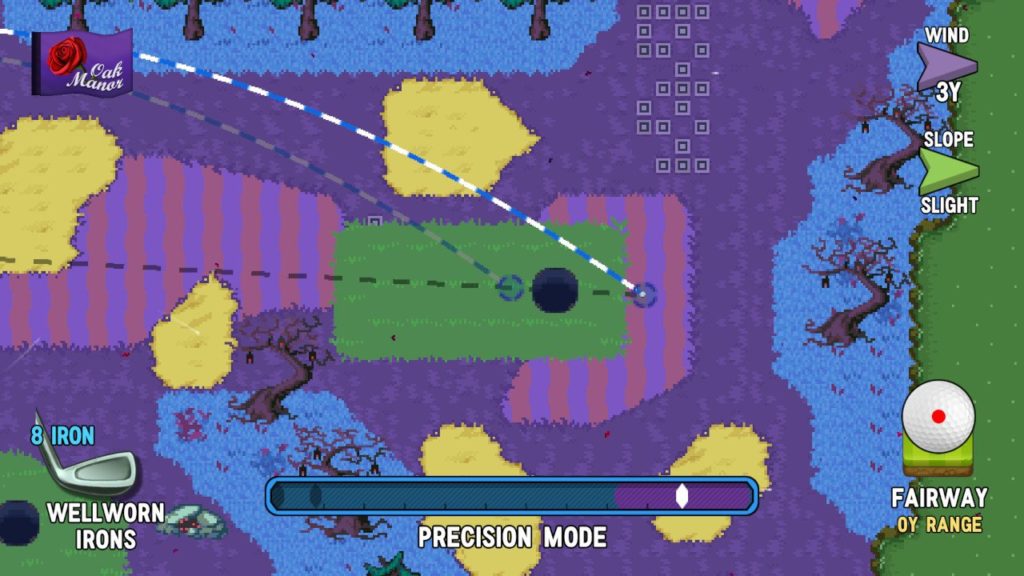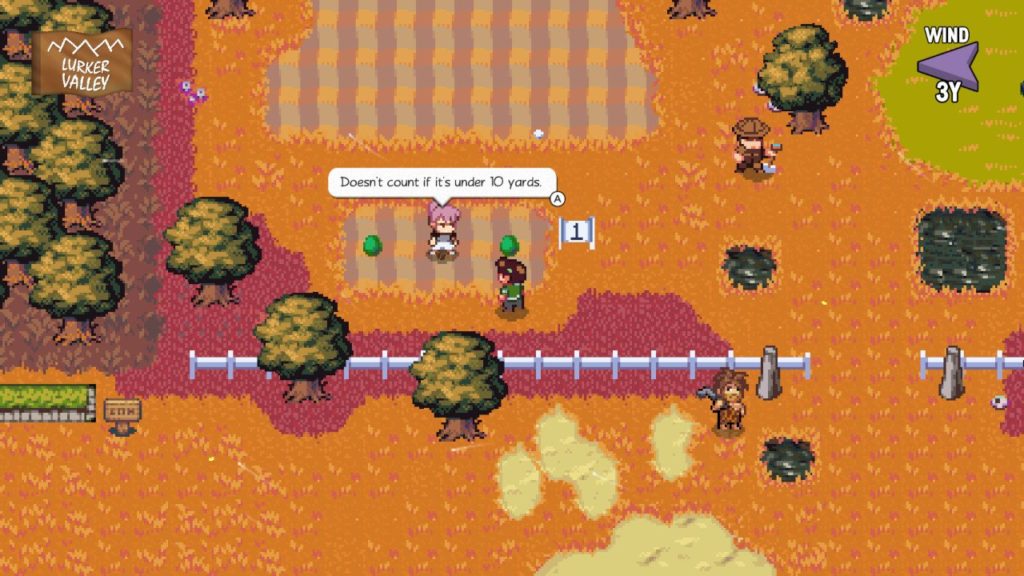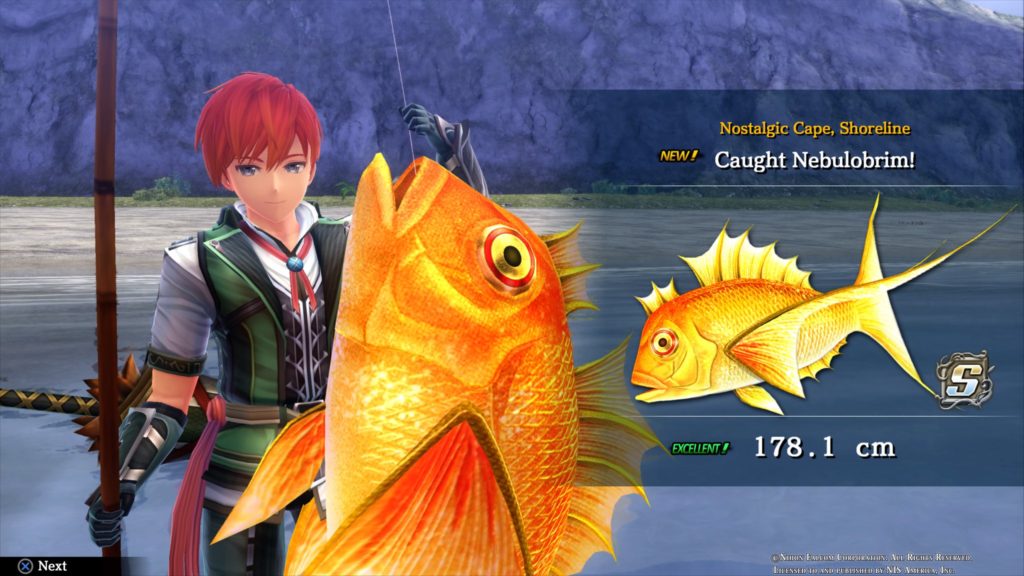- Genre: Golf / RPG
- Platform: Switch
TL;DR
- Charming RPG with gameplay reminiscent of Mario Golf on the GBC/GBA
- Entertaining writing, good mix of quests, and a bunch of clever hints at games from the past.
- Golf game is serviceable and fun, despite obviously not being the focus of the game.
Out of everything that surprises me about this game, it’s that I can’t figure out who the hell the development team is. The game’s credits simply had their studio name, they have no website or Twitter beyond the game’s info, and I can’t find a damn thing on Google. Yet despite it all, this is potentially the best of the so called Nindies to come out this year. While the game owes a lot to Mario Golf before it, it leans heavily on the writing and questing RPG to make a game that ends up being one of the best non-combat RPGs I’ve played in a long time.

Given that this is RPG first, the writing was always going to be important. While this definitely isn’t deep, and it definitely ends abruptly, the writing is lighthearted and entertaining throughout. Each course has its overarching story that takes place through a couple main quests and a lot of optional side quests. These run the gamut from a Caddyshack-inspired battle against (and with) moles to rap battles between an old country club and a rival invading course to a haunted course where you help create a zombie army. While the main story line of rising into the pro tour provides the overall push to the end, the individual stories and the wide range of characters you meet throughout are easily the thing that kept me going back and digging into all the available quests.

There’s also a very distinct sense of playing homage to games of the past. The visuals are very clearly styled after SNES and Genesis era games, even if the quality is somewhat higher than would have been possible on those systems. However, it’s the game references that really hit home. The Pac Man example above is just one. There were also side quests based on Micro Machines, NPC hints at the Mario
Tennis series, a built in recreation of NES Golf, and more. There’s a lot of love shown in bringing in elements of the past in ways that really succeed in giving a lot of life to the RPG aspect of the game, elevating it significantly above the similar Mario Golf games in that regard.

Since this is a golf game that side also had to not suffer, and while it’s nothing deep it works pretty well. It’s a pretty standard 3-click setup (start, set power, set aim) for shots. It also has your standard mix of curving, spins, and wind effect on the ball flight path. There’s a bunch of different clubs with various effects on shots as well, giving a bit of flexibility in the gear build out. The RPG aspect also plays out here, with XP going into the golf stats. Like Mario Golf, increasing power lowers the other stats, giving a balance between quickly increasing shot power vs. not throwing other stats out of whack.
However, there’s also a lot of depth at play here in the style of game available. For the most part, there’s really no normal courses. Even the first course with a standard layout has mole traps that can cause your ball to be carried all over the course. From there you get courses with no greens, tar traps instead of sand, par 1 courses, turtles that bounce your ball down the course out of water, and more. In general you basically have to be ready for anything and can’t settle into the typical pattern of a golf game where any course generally plays the same. The only thing that really was consistent here is that I could aim smack at the flag and more often than not sink the shot, which admittedly is both highly satisfying and incredibly hilarious when hitting a 300 yard shot into the hole during a match play event.

I think my big takeaway here is that Golf Story proves the value of making RPGs without combat, particularly in lieu of Nintendo abandoning the idea of the Camelot-developed mobile sports RPGs. There’s enough golf here to still be considered a sports game, but the RPG aspects pulled in bring so much to the game that non-fans can also find a lot to enjoy here.





